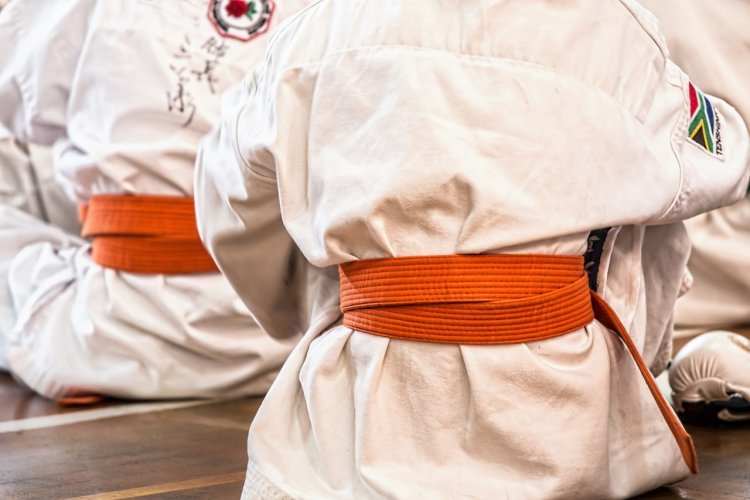Karate, a martial art renowned for its precision, power, and discipline, is more than just a series of punches and kicks. At the heart of its practice lies a rich history and philosophical depth, often reflected in the names of its movements. These aren't just arbitrary labels; they're a window into the spirit of karate, offering glimpses into the techniques' intended purpose, origins, and the mindset they cultivate. Understanding these names enriches our understanding of the art itself, transforming a physical practice into a journey of mental and spiritual growth.
The nomenclature of karate movements is often a blend of Japanese, Okinawan, and even Chinese influences. The island of Okinawa, where karate evolved, was a hub of cultural exchange, and this is evident in the diverse terminology. Many Karate names are straightforward descriptions, referencing the physical action itself. For instance, Oi-zuki (追い突き), meaning "lunge punch," vividly portrays the act of stepping forward with a powerful punch. Similarly, Mae-geri (前蹴り), translated as "front kick," is a clear and direct label. These names provide an immediate understanding of the movement, making them accessible to beginners.
However, many karate move names delve deeper, incorporating symbolism and historical context. Consider Age-uke (上げ受け), meaning "rising block." While it simply describes blocking upwards, the term “Age” also carries connotations of upward movement and rising above challenges. Similarly, Gedan-barai (下段払い), meaning "downward sweep," isn’t merely a technique to deflect a low attack. The word “Gedan” relates to the lower body and the earth, suggesting a grounded and stable defense. These names suggest the broader context in which the techniques are applied - not just physically but mentally and strategically.
The Karate names also often reference specific animals or elements, drawing on their inherent traits to inspire the practitioner. Tora-guchi (虎口), meaning "tiger mouth," describes a hand technique where the fingers are shaped like the mouth of a tiger, ready to bite. This name evokes the ferocity and focus of the predator. Likewise, Ryuken (龍拳), translating to "dragon fist," describes the powerful and flowing nature of a particular hand technique, invoking the mythical creature's majestic power. These references serve as metaphors, prompting students to embody the qualities associated with these symbols.
Further complexity lies in the variations across different karate styles. While some core techniques share common names, interpretations and nuances can vary considerably. For example, the way a "shuto-uke" (knife-hand block) is performed and conceived can differ across Shotokan, Goju-ryu, or Shito-ryu, reflecting their respective emphasis on power, fluidity, or a more circular approach. These subtle differences underscore the importance of not merely memorizing names, but understanding the underlying philosophy behind each technique within its specific style.
Beyond the descriptive and symbolic elements, the act of learning and internalizing these names has a significant impact on a student’s training. Reciting the names during practice, especially in kata (forms), solidifies the connection between the body and the mind. It creates a rhythm and flow that aids in muscle memory, while simultaneously embedding the principles and history of the art deeper within the practitioner. The precision required in both the physical execution and the verbal articulation of the names helps to cultivate focus and mental clarity, crucial components of a successful karate journey.
The beauty of karate lies in its ability to be both a physical discipline and a mental and spiritual pursuit. The names of its movements are a testament to this multifaceted nature, serving as more than just labels. They are gateways into the rich tapestry of the art, inviting us to explore its historical depths, embrace its philosophical underpinnings, and cultivate a deeper understanding of our own potential. Each name whispered in the dojo, each technique practiced with focus, connects us to a lineage of practitioners who came before us, and reminds us that karate is more than just a fight; it’s a way of life. So, the next time you hear "Seiken-zuki" or "Yoko-geri," take a moment to contemplate not just the action, but the story held within its name. You may be surprised by what you discover.














